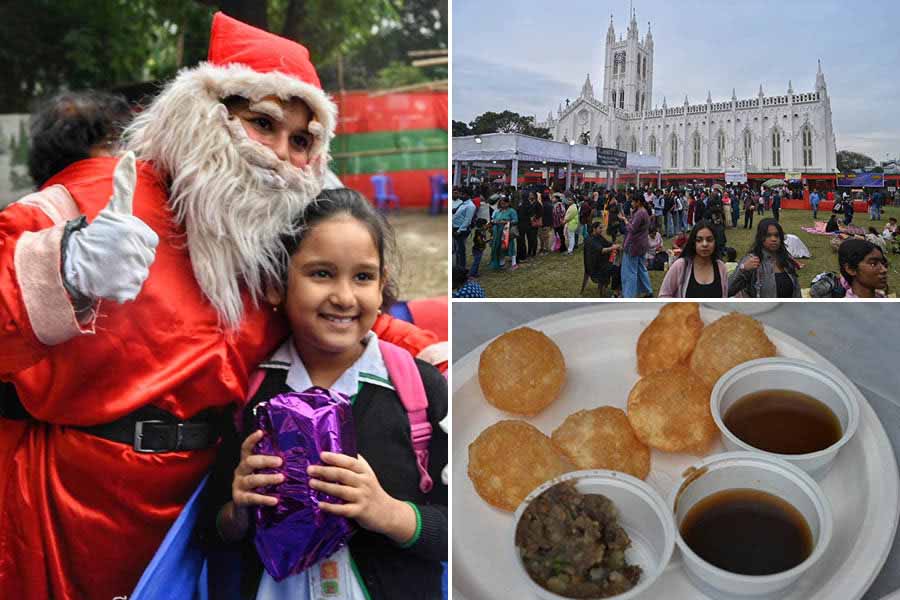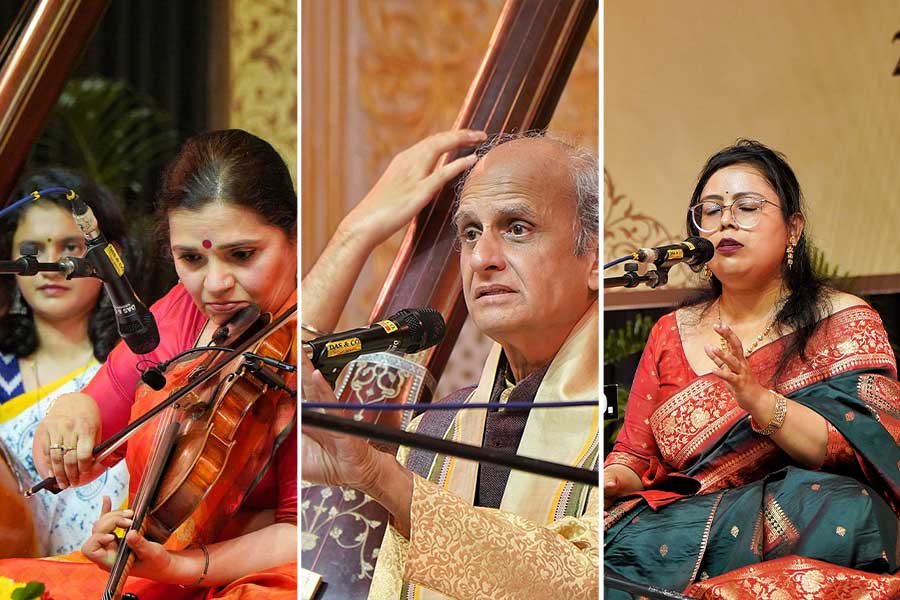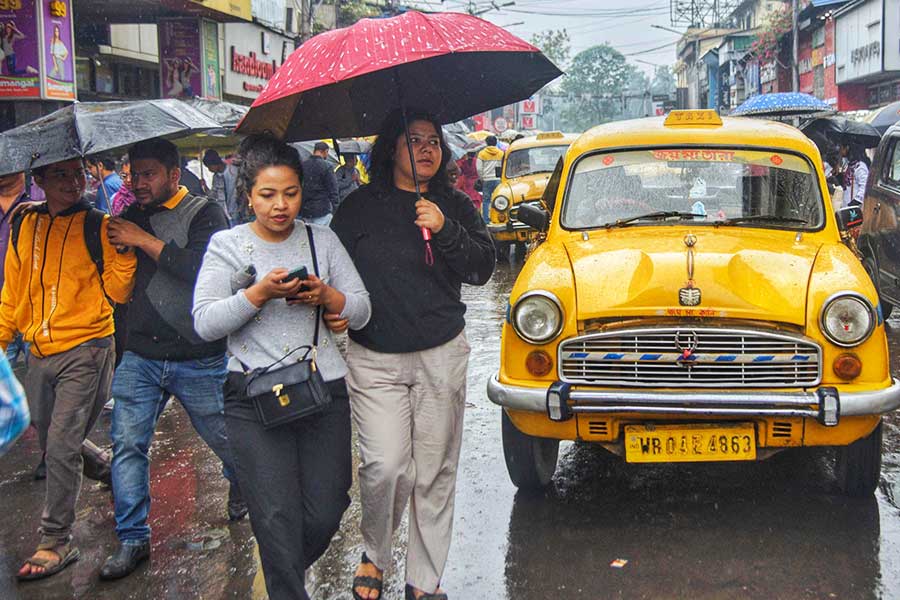 Saturday, 30 November 2024
Saturday, 30 November 2024
 Saturday, 30 November 2024
Saturday, 30 November 2024
A perfect storm of high inflation, soaring real estate costs, elevated borrowing costs, and falling wages is putting the brakes on economic growth, which cratered to a nearly two-year low of 5.4 per cent in the second quarter.
The growth shocker was far below the central bank’s target of 7 per cent for the three months to September. It was also a steep drop from a scorching 8.1 per cent in the same quarter a year ago and 6.7 per cent in the first three months of the current financial year.
Yes, India is still the world’s fastest-growing economy, but the numbers released Friday show that our world-beating growth is losing steam.
“The last three to six months have seen a pronounced fall in urban consumption demand across durables and non-durable items,” says Emkay Global lead economist Madhavi Arora.
With food inflation running at an alarming 10.87 per cent and pay packets shrinking for the first time since the pandemic, consumers are tightening their belts and keeping their hands firmly in their pockets when it comes to spending on non-essentials.
Key to understanding the growth downturn is the fact that private consumption accounts for a massive 60 per cent of GDP.
Thanks to a healthy monsoon, rural demand is recovering, with agriculture output rising 3.5 per cent. But the once-thriving urban middle class is cutting back spending on everything from shampoos and soap to automobiles.
All these factors are playing out in corporate profits, with companies citing a slump in urban middle-class buying. In fact, nearly half of NSE Nifty 50 Index companies missed earnings forecasts in the second quarter, according to Bloomberg.
Consumer firms like Nestle India, Unilever India, Colgate-Palmolive, and Tata Consumer Products have all noted the fall in demand.
Nestle India had its slowest growth in eight years, leading managing director Suresh Narayanan to talk about “India’s shrinking middle class.”
Many managerial jobs are evaporating due to automation and cost-cutting, and artificial intelligence is expected to add to the pressure on white-collar employment. Colgate-Palmolive has admitted it’s facing “difficult market conditions.”
Manufacturing displayed “sluggish growth” of 2.2 per cent, according to the official data, which is bad news for the government as it needs factory jobs to employ the legions of young workers entering the job market.
According to central bank figures, even with curbing spending, household savings as a percentage of GDP are at their lowest level in nearly half a century. Higher household debt is exacerbating the spending squeeze.
“India’s economy is in a worrying phase,” said Kaushik Basu, ex-World Bank chief economist and the chief economic advisor to the previous Congress government.
So what are the potential fixes? The government’s chief economic adviser, V. Anantha Nageswaran, suggests it’s time to “double down on deregulation” to free up economic activity.
Additionally, he says, “This is an ideal time to strengthen state capacity for public investment” in “growth-enhancing initiatives.”
Global and geopolitical factors are amplifying the growth slowdown, Nageswaran adds.
There’s now heavy pressure on the Reserve Bank of India to reduce interest rates at its next meeting, scheduled for December 6. But with inflation yet to stabilise, most analysts expect the central bank to keep rates on hold at least until the new year.
So far, the central bank is sticking to its growth forecast of 7.2 per cent for the full year. However, private investment houses are already cutting their outlooks, with Goldman Sachs predicting expansion as low as 6.4 per cent.







